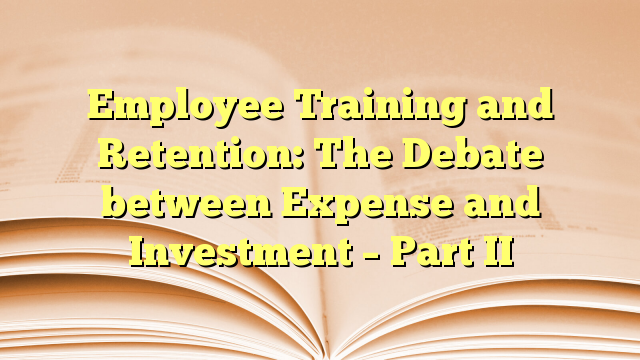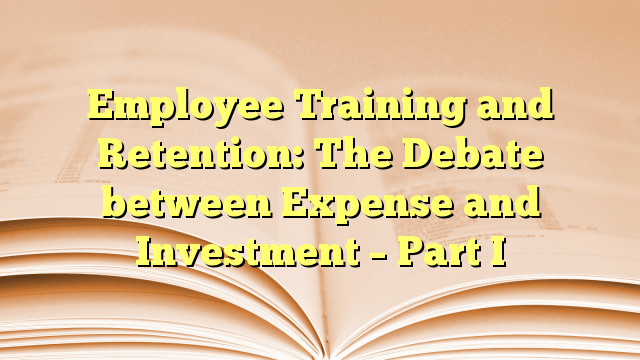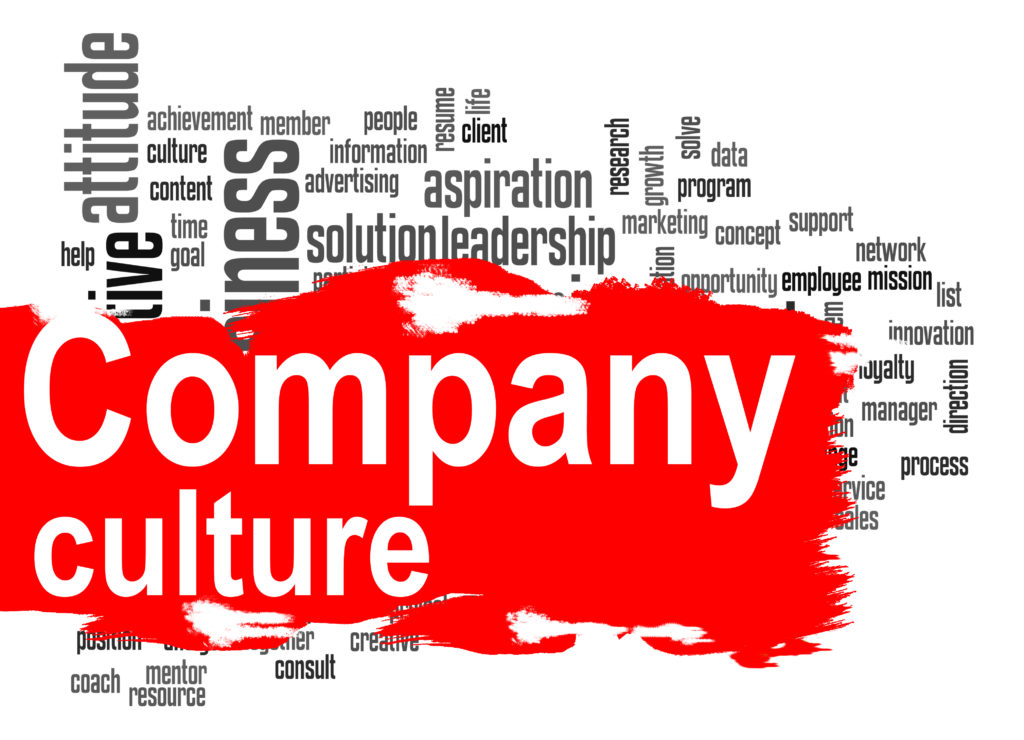If you’re like me you’re constantly searching for the optimal balance in life. I do a lot of reading and try to find tips and pointers that work for me. I think one point to stress at the outset is there are many great ideas and theories available, but you have to study and incorporate the ones that are right for you and your situation. The key to balance will be somewhat different for everyone and will change from time to time over the years.
 I just read an article by Terri Trespicio entitled “How to Find Balance” at WholeLiving.com. It’s a great article and worth the read. She talks about myths of a balanced life and the truth behind them. As I already stated, this may not be for everyone, but it struck a chord with me. As I studied and reflected on these more, I could see an instant parallel to running a community, a business, or a corporation.
I just read an article by Terri Trespicio entitled “How to Find Balance” at WholeLiving.com. It’s a great article and worth the read. She talks about myths of a balanced life and the truth behind them. As I already stated, this may not be for everyone, but it struck a chord with me. As I studied and reflected on these more, I could see an instant parallel to running a community, a business, or a corporation.
Ms. Trespicio makes a couple of great observations. First is that she references scales and the parallel of “a balanced life is not symmetrical, still, or neutral, but always changing. Secondly, she points out that, as with anything we do repeatedly and put the effort into, it becomes easier over time and as you gain “momentum”.
So here is my take on how this can apply to you and your business. The myths and truths are directly from Ms. Trespicio article, the commentary is mine.
Myth: You Must Be Even-Tempered
Truth: Balance Encompasses the Full Range of Emotions
There are those days when we will be angry, frustrated, and at the end of our rope with someone or everyone. It’s not about suppressing these feelings, it’s about the way we respond to them and communicate with others. If you hold these emotions in they will eat you up from the inside out and the root cause will never be addressed. It’s more about how we deal with them. Take a deep breath and make sure your response is measured and appropriate. Most of the time in an emotional situation we will respond much differently after the passage of time and thinking the situation through.
Myth: Balance is Effortless
Truth: Balance is Efficient
When things are in balance, life seems so much easier and fluid, you can just feel it. When your team at work are accomplishing goals and making good progress, life is not only better for everyone, but seems effortless. This is where creativity resides and we are able to accomplish more seemingly effortlessly.
Myth: You Must Be In Control
Truth: Real Balance Means Being In Flux
Control is such an illusion. When you have clients and people working for you there is no way you are in control. We have to learn to manage many different moving parts. We have to be accepting of change and know it’s a part of life. We can try, but really we can’t stop it. What you can control to some extent are the processes and procedures, but even those need to be flexible to meet certain situations. Ms. Trespicio makes a great point in the example of a circus tightrope walker. Their “skill resides not in their ability to defy gravity, but in making the hundreds of subtle, incremental readjustments to account for imbalance”.
Myth: A Balanced Person Is Good At Everything
Truth: Balance Requires Prioritizing
While you or your organization might be good at a lot of things, should you really be spending the time and money to do them? The 80/20 rule has great application here, 80% of our results come from 20% of our effort. Concentrate on what makes you or your company successful. Go through you and your employee’s task and reevaluate what is truly important to the success of your business. Then you can either quit or reduce unnecessary tasks and outsource those you can. Also remember to DELEGATE when possible.
Myth: Imbalance Will Result in Disaster
Truth: Imbalance is Opportunity
This is probably my favorite myth. This ties in very nicely to strategic planning. When you feel your team, community, or business getting unbalanced, and if you’re in tune with what going on around you, you will notice, it’s time for strategic evaluation. Don’t try to ignore it or it will just get worse and probably take longer and be more costly to find a new balance.
Take this as an opportunity to learn and grow. This is a great opportunity to reevaluate processes and procedures, how you apply your labor force, people and positions they fill, products and services. An important part of this evaluation is to know where you are today. As our last blog suggested, an operational review coupled with a SWOT analysis are great places to start.
I hope Ms. Trespicio’s article can be of some help to you find personal balance in your life. Hopefully you can also take some of these theories and apply them to your business and professional life and environment as well. I would imagine we are all a lot closer to balanced than we originally thought and give ourselves credit for.
Remember balance is not a static place. It is constantly moving and changing and like the tightrope walker, we have to learn to make a lot of slight adjustments to remain in balance. We can’t control everything around us, but we can control our reaction and response. Its perfectly alright to feel a wide range of emotion, but the higher the emotion, the more we should think our response through carefully. Lastly, in those times of imbalance, look for opportunities, they do exist.
Roy Barker is Director of Special Projects at Moore Diversified Services, a Fort-Worth, Texas-based organization specializing in operations analysis, marketing development, and investment advisory services. Roy is an authority in the field of employee turnover analysis and retention strategies.

















